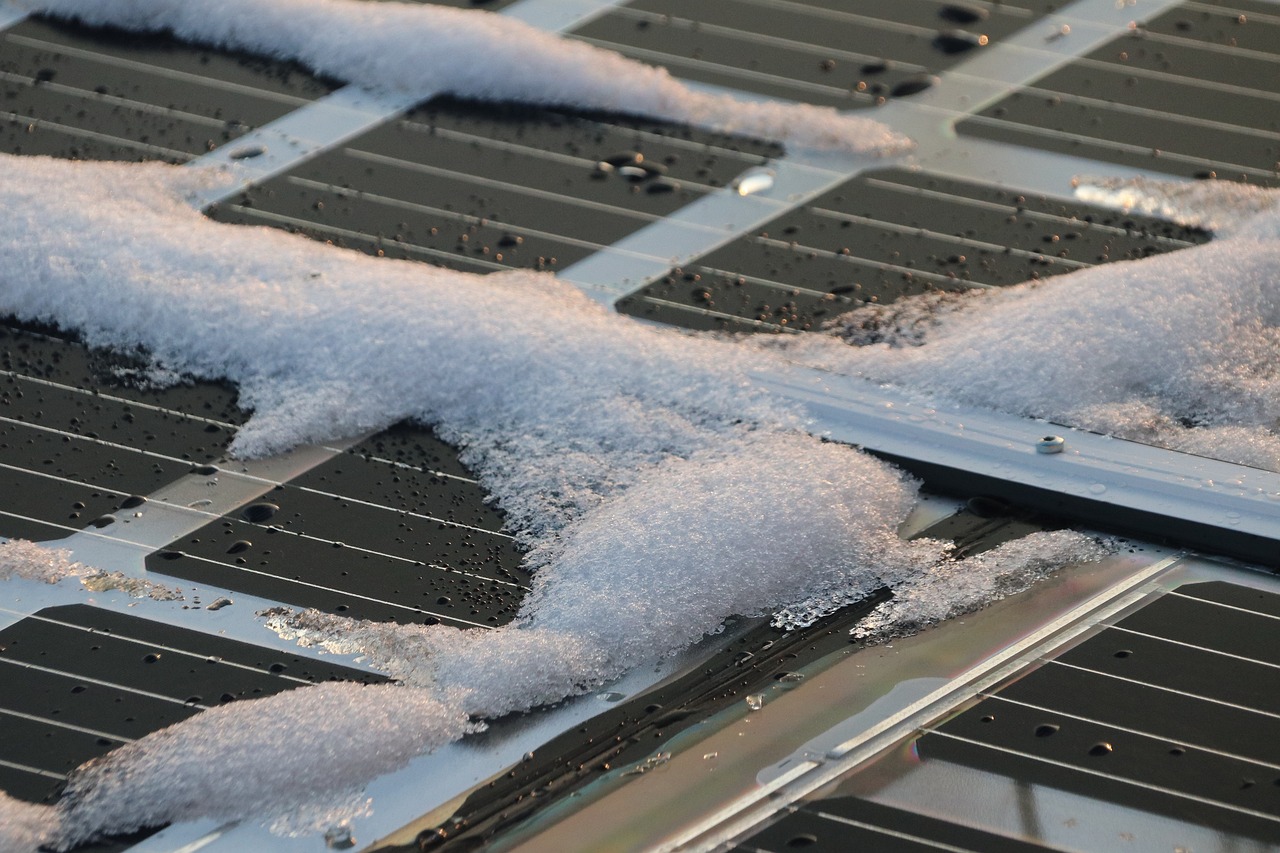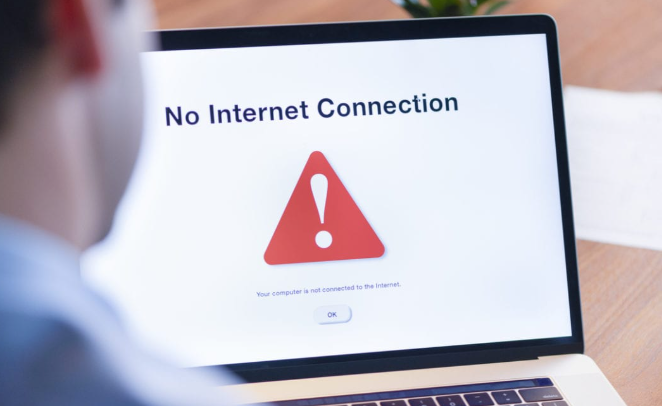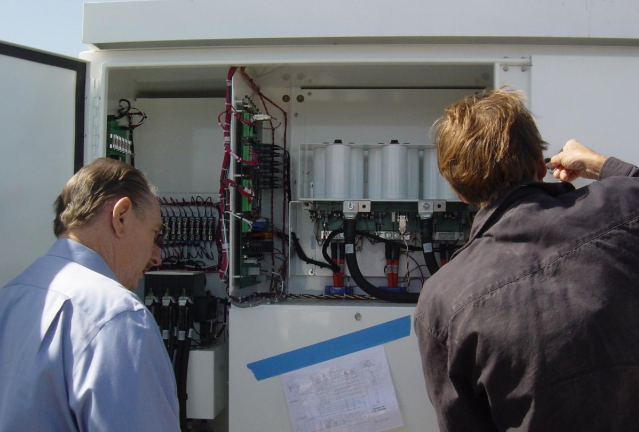Microinverters have revolutionized the solar energy landscape by offering numerous advantages over traditional string and central inverters. They provide module-level power conversion, enhanced system efficiency, and better resilience to shading. Despite their reliability, however, microinverters can still run into technical problems that might reduce system performance. Understanding how to troubleshoot these common microinverter issues can save time, money, and ensure that your solar array continues to operate at maximum efficiency.
In this article, we’ll walk through the most frequent microinverter challenges, offer diagnostic tips, and provide best practices for resolving problems. Whether you’re a homeowner new to solar or a seasoned installer, these troubleshooting steps will help you keep your microinverter-powered system running smoothly.
1. Low or Inconsistent Power Output

Possible Causes
1. Shading or Obstructions
While microinverters excel in partial-shading scenarios, heavy shading from nearby trees, buildings, or dirt build-up on the panels can reduce performance.
2. Loose or Damaged Connections
Microinverters rely on secure AC and DC connections to function properly. Loose connectors or damaged wiring could cause a drop in power output.
3. Underperforming Solar Modules
A faulty panel in the array can reduce overall production from that specific module, affecting the inverter reading.
Troubleshooting Steps
· Check for Shading: Inspect your roof or the area around your solar array. Trim back trees or remove objects casting significant shadows.
· Inspect Wiring and Connectors: Turn off system power, inspect cables and connectors for visible damage, and ensure they are tightly fastened.
· Clean Solar Panels: Dust or debris can drastically reduce output. Carefully clean panels following manufacturer recommendations.
· Monitor Individual Panel Performance: Use the microinverter’s monitoring software or platform to identify if one panel is underperforming. If needed, replace or repair the affected module.
2. Communication and Monitoring Errors
Possible Causes

1. Poor Wi-Fi or Internet Connectivity
Many microinverter systems rely on a stable internet connection for data monitoring. A weak or unstable signal can cause incomplete or missing data.
2. Controller or Gateway Malfunction
The microinverter monitoring system often involves a gateway or Envoy device. If it malfunctions, it can cause incorrect readings or lost data.
3. Firmware/Software Bugs
Sometimes the microinverter’s firmware or the monitoring software can have bugs that affect performance reporting.
Troubleshooting Steps
· Check Network Connections: Ensure your modem, router, and gateway device are powered and functioning properly. A strong signal is essential.
· Restart Monitoring Devices: Power cycle your gateway or monitoring device. This often resolves temporary connectivity glitches.
· Update Firmware: Regularly check for firmware updates from your microinverter manufacturer. Updates can fix known bugs and improve stability.
· Contact Support: If your network is stable and issues persist, consult with the manufacturer or your solar installer for advanced diagnostics.
3. Overheating or Thermal Shutdown

Possible Causes
1. High Ambient Temperatures
Solar installations in very hot climates can stress microinverters, leading to reduced efficiency or shutdown.
2. Poor Ventilation
If the microinverter is installed in an area with limited airflow, heat can build up.
3. Defective Cooling System
Although passive cooling is the most common in microinverter designs, any design flaw or hardware defect can cause excessive heat buildup.
Troubleshooting Steps
· Optimize Airflow: Ensure there is enough clearance around your microinverters for proper ventilation. Trim vegetation or remove debris that may block airflow.
· Check Ambient Conditions: In extreme temperatures, it may be necessary to install additional shading or a dedicated ventilation solution.
· Examine for Physical Damage: If your inverters show signs of discoloration or warping, contact a professional for an evaluation.
· Plan for Climate: When installing a new system in a hot region, work with a solar professional to choose microinverters rated for high-temperature performance.
4. Arc Faults and Ground Faults
Possible Causes
1. Damaged Wiring Insulation
Over time, UV rays, pests, or general wear can compromise the insulation around the wires, leading to potential electrical faults.
2. Loose Connections
If any connectors are not properly sealed or tightened, they can cause intermittent faults or dangerous arcing.
3. Component Degradation
Over years of operation, solder joints or other components in the microinverter could weaken, leading to faults.
Troubleshooting Steps
· Immediate Shutdown: If you suspect an arc fault or ground fault, shut down the system and call a certified electrician or solar professional.
· Inspection: Carefully inspect the wiring and inverter connections to locate burn marks, loose wires, or damage.
· Use Appropriate Test Equipment: A ground-fault detector or thermal camera can help you pinpoint the exact location of the fault.
· Repair or Replace: Once identified, replace damaged cables or connections. If the microinverter itself is at fault, contact the manufacturer for a warranty claim or seek a replacement.
5. Microinverter Not Producing Power
Possible Causes
1. AC Grid Issues
If the local utility grid is experiencing fluctuations or outages, the microinverter may shut down or fail to synchronize.
2. Incorrect Configuration
Some microinverter systems have dip switches or software configurations that need to match the local grid and panel specifications.
3. Component Failure
This can include an internal fault in the microinverter or a mismatch between the solar panel and inverter ratings.
Troubleshooting Steps
· Verify Grid Status: Check if the grid is stable and if there are any known power outages.
· Check Configuration: Consult the installation manual to ensure all dip switches or software settings match the grid frequency and voltage.
· Panel-to-Inverter Match: Confirm that your solar panel’s power output is within the microinverter’s operating range.
· Professional Evaluation: If all else fails, have a professional use specialized tools (like a multimeter or a DC clamp meter) to diagnose the issue.
6. Best Practices for Avoiding Microinverter Issues
· Regular Monitoring: Use the manufacturer’s monitoring platform to keep an eye on real-time performance. Identify anomalies early.
· Routine Maintenance: Schedule inspections to check for debris, wiring integrity, and potential damage from the environment.
· Quality Components: Invest in well-reviewed, certified microinverter brands and pay attention to warranties.
· Professional Installation: While DIY installations are possible, hiring a certified installer ensures compliance with local regulations and best practices.
7. When to Call a Professional
While many minor troubleshooting steps can be carried out by a knowledgeable homeowner or technician, certain issues require professional intervention. If you suspect an arc fault, ground fault, or significant hardware failure, it’s safer and more efficient to involve certified electricians or solar installers. This ensures compliance with electrical codes and protects your warranty coverage.
8. MUSHROOM SOLAR

If you’re looking for a trusted partner to guide you through microinverter troubleshooting, solar system design, or complete installation services, MUSHROOM SOLAR is here to help. Our team of experienced professionals is dedicated to providing reliable, high-efficiency solar solutions that match your needs and budget. Whether you’re a homeowner exploring solar for the first time or a business owner looking to optimize an existing setup, MUSHROOM SOLAR offers:
· Expert Consultations: Tailored advice on system design and microinverter selection.
· Quality Assurance: We only work with reputable, certified manufacturers to ensure top-notch performance.
· Ongoing Support: From routine maintenance checks to advanced troubleshooting, our support team is here when you need us.
· Commitment to Sustainability: We believe in driving the global transition to clean energy. Our eco-conscious practices and high-efficiency solutions reflect our commitment to a greener future.
With a proven track record in the solar industry, MUSHROOM SOLAR can help you optimize system performance, reduce energy costs, and protect your investment for the long term. Reach out to us today to learn how our services can empower your solar journey.
Conclusion
Microinverters offer numerous advantages—module-level power optimization, robust shading tolerance, and easy expandability—but like any complex technology, they can sometimes encounter issues. By understanding the most common problems and their fixes, you can maintain peak system performance and prolong the life of your solar investment. If you ever need professional assistance or want to enhance your solar setup, MUSHROOM SOLAR stands ready with tailored solutions and unwavering support. Embrace the power of reliable microinverter technology, and enjoy a greener, more efficient future.


